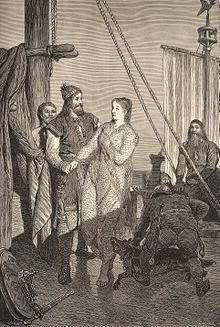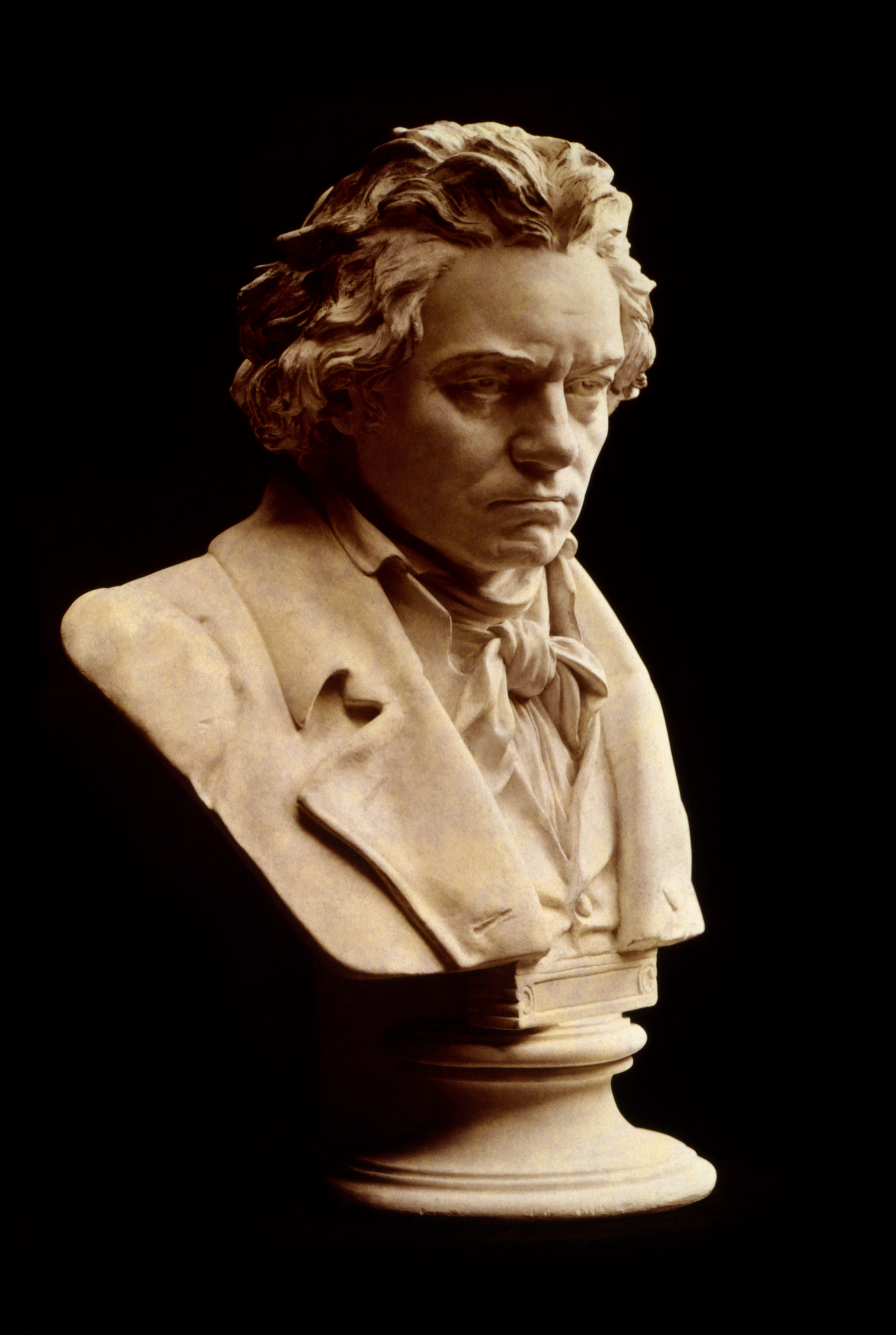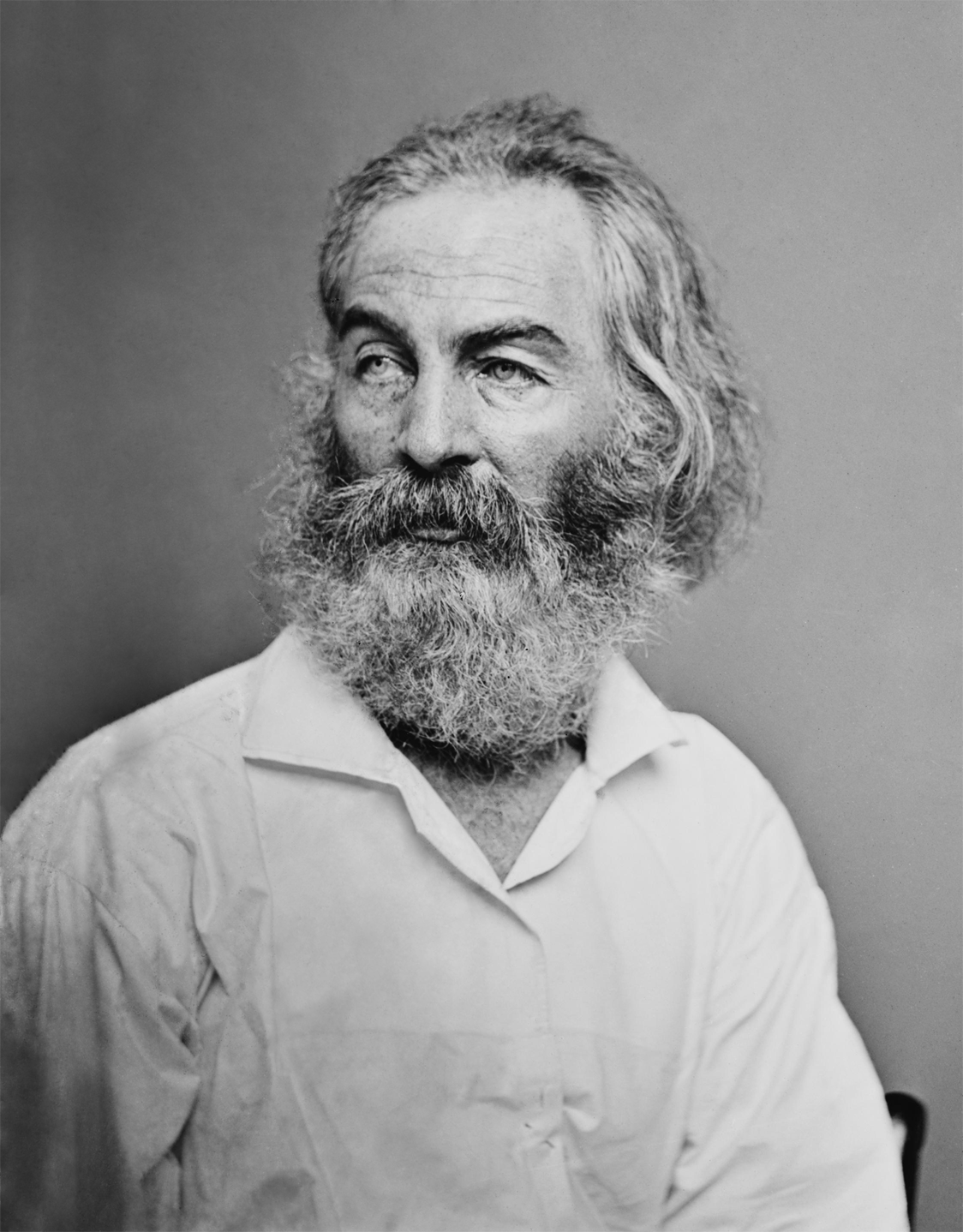Census Bureau Gets Its First Computer, 1951
 |
| This is just the control station. |
The Census Bureau's machine was the first UNIVAC, and, although the formal transfer took place on March 31, the Bureau didn't actually get its hands on the computer until December -- it was the only one Remington had, and they needed it for demo purposes.
In all, Remington built 46 of these machines. They started out priced at $5,000 but eventually the price got as high as $50,000. The next five UNIVACS went to (in order): the U.S. Air Force, the U.S. Army Map Service, New York University for the Atomic Energy Commission, the Atomic Energy Commission, and the U.S. Navy. Remington kept the seventh UNIVAC for their sales office.
 |
| The UNIVAC I |
Eiffel Tower Inauguration, 1889
 |
| It was supposed to be a temporary structure. |
Gustave Eiffel, who designed and built the tower, had a 20-year permit; it was supposed to be demolished in 1909. By the time 1909 rolled around, however, it had proved so useful for scientific experiments and telegraphic transmissions that it was allowed to stand.
When the Eiffel Tower was first built, it was not an unmitigated success. Many Parisians considered it an eyesore. Guy de Maupassant claimed that he ate lunch every day at the Tower restaurant every day -- because it was the only spot in Paris from which he could not see the Tower.
Alhambra Decree, 1492
When I hear the names "Ferdinand and Isabella" the first thing I think of is "Christopher Columbus." The second thing that comes to mind is the Spanish Inquisition. I guess the third thing would be the Expulsion of the Jews.Busy little bees, the Royal Couple, weren't they?
To give a little background, the area that is now Spain and Portugal had been under Muslim rule since about the 8th century. Jews had also been living in this area since the days of the Roman Empire, and they had a pretty good situation under Muslim rule -- certainly better than they would under the Visigoths. So they tended to support the Muslims.
All this changed with the Reconquista. Over a period of about 700 years, the Christian kingdoms of Europe began reconquering the Iberian Peninsula. The last holdout was the Emirate of Granada, which was finally taken over by Isabella of Castille and her husband Ferdinand II of Aragon in 1492.
Isabella and Ferdinand were known as the "Catholic monarchs" and they did all they could to widen the influence of Christendom. One of their methods was the forced conversion of Jews to Christianity.
The climate of the region was pretty much one of severe anti-Semitism. The Jews were seen as collaborating with the Muslims -- with some justification. Jews who converted to Christianity were called conversos, and they were suspected of converting merely to save their businesses and their social position, while secretly practicing Judaism. Things were getting pretty dicey in Granada.
Ferdinand and Isabella decided that they could solve the whole problem by kicking the Jews out of Spain. Only three months after the recapturing of Granada, they issued the Alhambra Decree, which gave the Jews four months to either convert to Christianity or get out of the country. They were promised safe passage for the three months before the deadline, and were allowed to take their belongings with them -- as long as their belongings weren't gold or silver money. Jews disobeying the edict would be put to death. Christians helping them could lose all their belongings and any hereditary titles they might have.
It is unknown how many Jews left Spain at this time -- somewhere between 130,000 and 800,000 is the best guess. Another 50,000 to 70,000 are estimated to have converted to Christianity, but that wouldn't be enough to save them once the Spanish Inquisition was in full swing. Most of those leaving went to Portugal, where they had a few peaceful years before the Portuguese Inquisition took over.
 |
| "The Expulsion of the Jews from Spain" by Solomon Alexander Hart, 19th century oil |



































